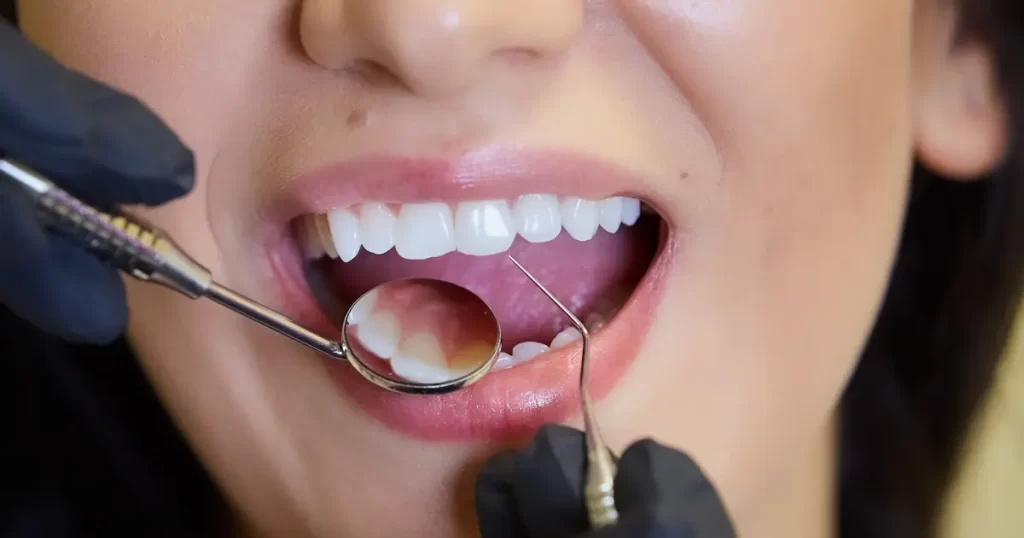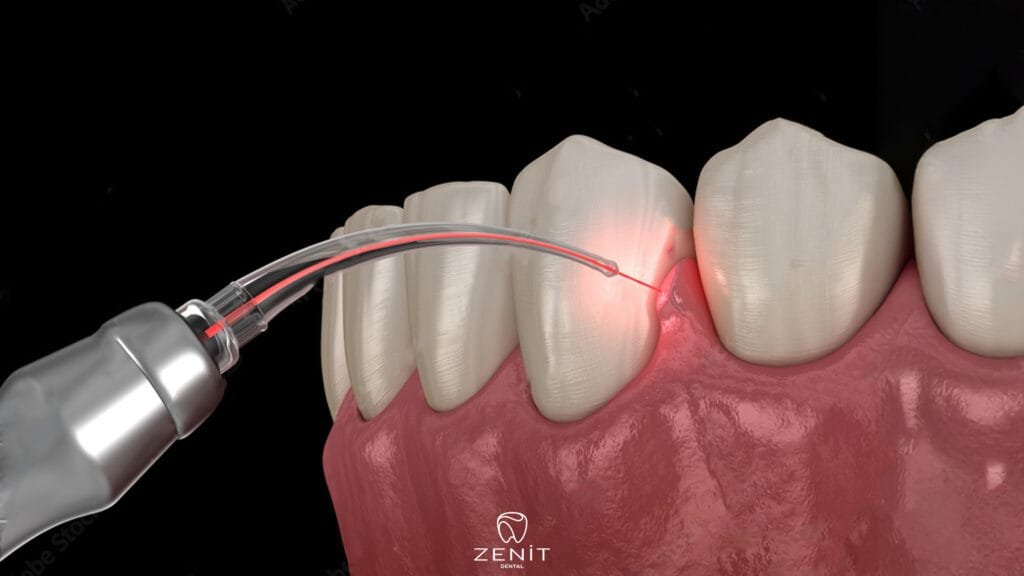It is common practice in dental care to fill cavities, which are areas of tooth decay. The damaged area of the tooth is first cleaned out by the dentist, leaving a hole or empty space. Types of dental fillings will then fill that hole to level out the tooth’s surface, ensuring that it feels comfortable in the mouth and is shielded against additional decay.
To fill up the area where a hollow has been eliminated, several different types of materials are frequently employed. The advantages and disadvantages of each types of dental fillings are important to be aware of even though you don’t always have a choice in the matter.
Types of Dental Fillings

Dental repair work must include treating decaying teeth. The cavity or hole in the tooth is left after the dentist removes the decaying region. A dental filling will next be used to close the hole and restore the tooth’s natural appearance by leveling the surface. There are several types of dental fillings. These can be listed as:
- Ceramic Fillings
- Amalgam fillings
- Glass Ionomer Fillings
- Composite fillings
- Gold fillings
These are types of dental fillings.
Amalgam Fillings
The most popular kind of filling is this one. Silver amalgam is a combination of minerals made up of 50% silver, 50% mercury, and 50% each of tin, zinc, copper, and copper. It’s a common option for fillings among dentists since it’s robust, long-lasting, and reasonably priced.
The normal 12-year lifespan of a silver amalgam filling. A dentist can also place silver amalgam rather easily, and there are no worries that it will get contaminated by saliva or blood.
However, there are drawbacks to silver amalgam. It is not cosmetically pleasant, making it a poor option for a tooth that is extremely noticeable. Over time, the material may also expand and shrink, which might result in a cracked tooth. Additionally, these variations may leave gaps between the filling and the tooth, where food particles and bacteria can collect and lead to the development of new cavities.
Composite Fillings
Composite fillings are constructed of resin and plastic and are inserted into the cavity when it is still soft. The resin and plastic are then hardened under a strong blue “curing” light. In comparison to certain other varieties, composite fillings are less durable. Every five to ten years, they need to be changed on average. Additionally, they cost more than silver.
Gold Fillings

Inlays and onlays made of gold, copper, and other metals are known as gold fillings. Although this kind of dental filling often lasts 20 years or more, it is also the most expensive. Gold fillings also take more than one clinic visit because impressions must be made at a dental lab before they can be created.
A gold foil is a restoration that has gold directly inserted. These procedures for dental restorations are typically reserved for minor fillings and are seldom carried out. Like an amalgam or composite filling, gold foils can be applied in a single visit. The best dental filling, in the end, is none. The best medicine is avoidance.
Ceramic Fillings
Ceramic filling is a types of dental fillings. These are strong and visually pleasing, made of porcelain. While more costly than other options, ceramic fillings are tooth-colored and more abrasion and stain resistant than composite resin.
Ceramic has the drawback of being more fragile than a composite, requiring a bigger piece to keep it from shattering. This implies that in order to accommodate the additional size, the area of the tooth must be made larger. Inlays and onlays are the conventional names for these ceramic repairs.
Glass Ionomer Fillings
Glass ionomer fillings is one of the types of dental fillings. Children with developing teeth might consider these glass-and-acrylic fillings. They exude fluoride, which can aid in preventing additional tooth decay.
Since they are substantially weaker than composite resin and more likely to shatter or wear out, they only endure a few years. Composite resin more closely matches tooth color than conventional glass ionomers. You must see a dentist for dental repair if you have tooth decay. The ideal filling will be suggested by the dentist in order to return the tooth to its original form.
These are types of dental fillings.
In What Situations Are Dental Fillings Done?

Tooth decay, or tooth damage, can happen when harmful bacteria in your mouth generate acids that destroy the tooth enamel. This could cause the tooth to develop a cavity, or little hole. More severe decay may cause a bigger hole or possibly the full loss of the tooth. Dental decay can cause discomfort, infection, and even tooth loss if left untreated.
The enamel continues to lose minerals because of the repeated acid attacks when a tooth is constantly exposed to acid, such as if you frequently eat or drink, especially meals and beverages that include sugar and starches. A patch of whiteness might appear due to mineral depletion. This is a warning sign of degeneration. Types of dental fillings destroy this degeneration.
At this point, tooth decay can be stopped or stopped. Salivary minerals and fluoride from toothpaste or other sources can aid in the enamel’s self-healing process. But as the process of tooth decay develops, more minerals are lost.






